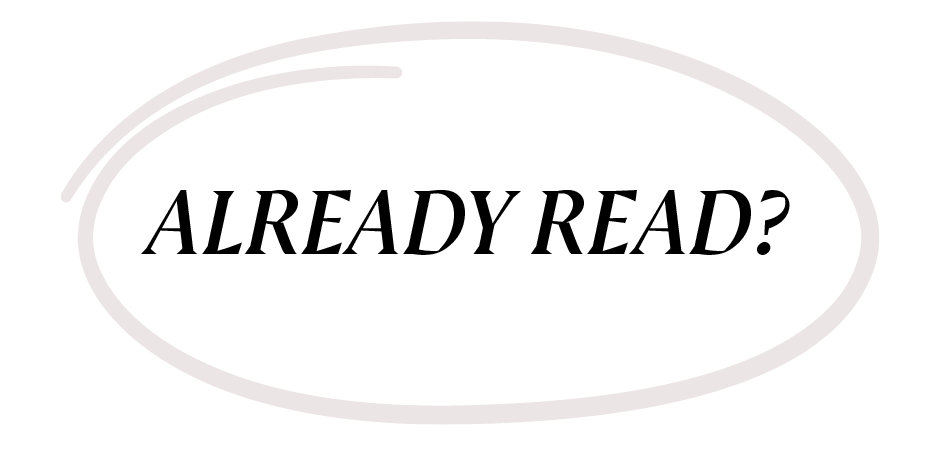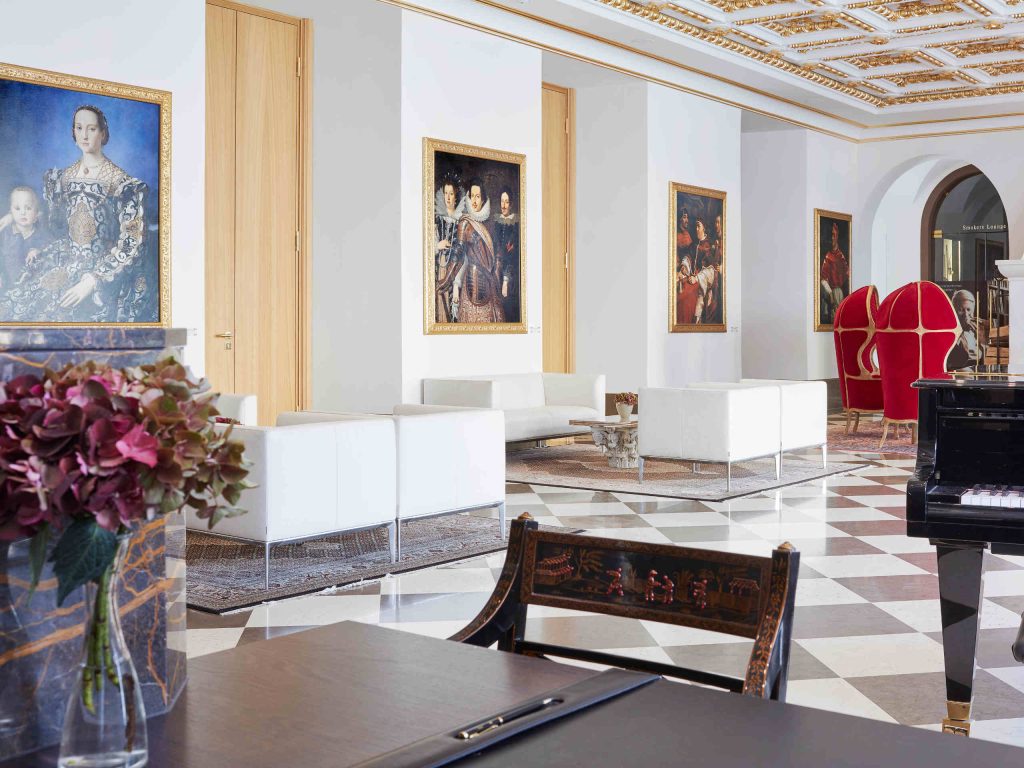
“For me, art is a way of approaching the world and things and topics that you have to deal with in your business environment.”
Max Schlereth, owner of Living Hotels
Surrounding yourself with beautiful things – numerous hotels and catering businesses have jumped on this bandwagon. Each with its own individual input and output, because art is certainly never the same. The Hirschen in Dornbirn, for example, exhibits the sculptures of self-taught artist Günter Nussbaumer, while the restaurant of the same name in Lambach makes room in the Herzogstube for openings by young up-and-coming artists from Upper Austria under the motto „Kinski & Kunst“. And the Malerwinkel in the Styrian Vulkanland region even describes itself as an art hotel, as “eat+art” artist Peter Troißinger is at home here.
Art and gastronomy or the hotel industry go together wonderfully, but for Max Schlereth, owner of Living Hotels, not just as decoration: “For me, art is a way of approaching the world and things and topics that you have to deal with in your business environment.” Two approaches are essential for him here: on the one hand, a clear, sharp, analytical view of things, and on the other, an intuitive, pre-reflective, pre-minded approach. Both together make up the whole and “then the immeasurable complexity of a person meets a framework in the service”. And further: “This results in authenticity, which in turn is expressed through the stage, in our case the hotels, and this is where art and the hotel industry come together.”
Elsewhere, in Salzburg, whose history lies in the hands of culture anyway, a similar approach is being taken: Schloss Leopoldskron recently hosted a cultural reception under the motto “New Splendor in the Red Salon”, to which Mozarteum University, Salzburg Global Seminar and the hotel were equally invited. Musical performances and recitations formed a symbiosis that once again turned the Salzburg event location into a cultural venue. “For me, culture is a part of society and what makes society what it is,” emphasized Schlereth, who also holds the position of Society President.
He was always surrounded by art, it accompanied him throughout his life. This is one reason why art objects can be found in the lobbies, public areas and rooms of the Living Hotels. In the De Medici House in Düsseldorf, part of his father's considerable art collection has even been exhibited, “so that art can be experienced in a very informal and indirect way”. This makes the De Medici the first art museum in this country where you can also sleep, says Schlereth and knows the nickname of the house: “Little Louvre on the Rhine”.
But how can art and gastronomy/hospitality be found in practice, apart from the obvious? Through the employees, as Schlereth explains: “An organic connection is created by removing the ritualized, the rigid and creating space for development - not in such a way that everyone is allowed to do everything, but that the hotel is seen as a stage on which the employees act as if in a play.” However, this should not be planned; mistakes should also be allowed to happen sometimes. This can result in unexpected encounters and events that have the potential to touch people - both the employees themselves and the guests. “So instead of turning a hotel purely into a gallery, I like the approach of creating many small works of art from the mutual experience on the hotel stage itself,” he concludes.

When Mediterranean lightness meets Andalusian temperament, the result is a menu that is more than just an arrangement of courses: it becomes a narrative about origins, freedom, and the longing for new perspectives. In December 2025, two-star chef Álvaro Salazar from VORO in Mallorca will take over as guest chef of the month at Restaurant Ikarus – and take Salzburg on a sensory journey between Andalusia and the Balearic Islands.
“Porto – The Cookbook” by Sylvie Da Silva brings the flavors of the Atlantic city to life in book form. The focus is not only on the food, but also on the culture behind it – from hearty home cooking to delicate monastery desserts.
The work captivates with its mixture of recipes and travel impressions. Each chapter takes readers on an enjoyable journey of discovery – including stories about ingredients, regions, and people. The balance between culinary depth and emotional closeness is particularly successful.
INFO
Porto – The Cookbook
Author: Sylvie Da Silva
Publisher: Südwest Verlag
192 pages, approx. 120 color photos
ISBN: 978-3-517-10389-1
Price: €24.00 (Germany) / €24.70 (Austria) / CHF 33.50
Today, experiential dining is one of the strongest drivers of modern hospitality – emotional, sensual, and unforgettable. Formats such as Toni Mörwald’s PALAZZO in Vienna show how perfectly cuisine, culture, and staging can merge and why spending time together has become the most valuable luxury. “Better Together” exemplifies a trend that is shaping the industry and booming as a gift idea, especially at Christmas: enjoyment, entertainment, and shared amazement in an evening full of magic.


Surrounding yourself with beautiful things – numerous hotels and catering businesses have jumped on this bandwagon. Each with its own individual input and output, because art is certainly never the same. The Hirschen in Dornbirn, for example, exhibits the sculptures of self-taught artist Günter Nussbaumer, while the restaurant of the same name in Lambach makes room in the Herzogstube for openings by young up-and-coming artists from Upper Austria under the motto „Kinski & Kunst“. And the Malerwinkel in the Styrian Vulkanland region even describes itself as an art hotel, as “eat+art” artist Peter Troißinger is at home here.